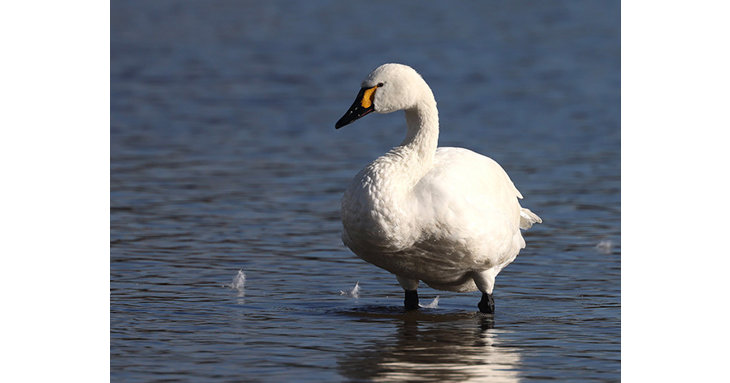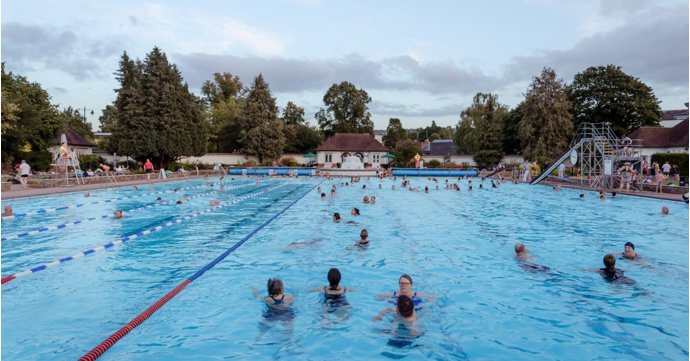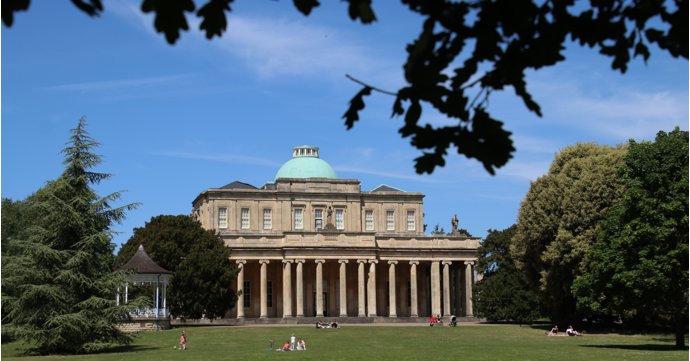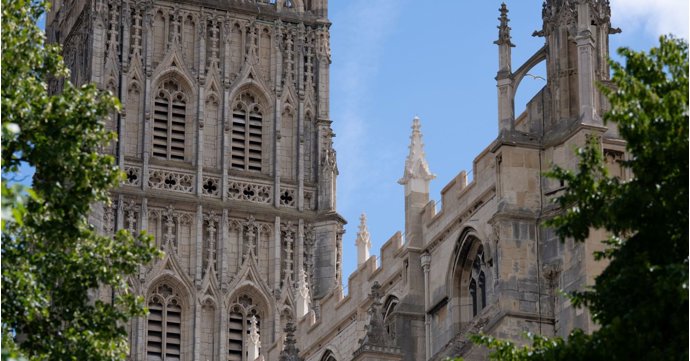Every winter, thousands of Bewick’s swans migrate to Slimbridge Wetland Centre, returning to Gloucestershire from Arctic Russia – and the first arrival of 2021 has been spotted!
Arriving just in time for the WWT’s 75th anniversary on Wednesday 10 November 2021, Allington is the first Bewick’s swan to return to Slimbridge Wetland Centre, with many more expected to follow soon.
Allington landed on Saturday 30 October 2021 for the fourth year in a row, after first visiting as a cygnet in 2018. He’s usually found with his parents, but this year is the first time he’s arrived alone and ahead of the flock.
Characterised by their snowy white feathers and distinctive black and yellow bill, Bewick’s swans return to the UK every winter to escape the wintry weather and icy wetlands of Arctic Russia.
Their epic 3,500km journey brings them to Slimbridge and other WWT sites across the country, including Welney in Norfolk and Martin Mere in Lancashire.
The WWT conservation team at Slimbridge are able to identify Bewick’s swans by their individual bill patterns – and have been using this technique, pioneered by WWT founder Sir Peter Scott, to record the comings and goings of individuals and families for over 50 years.
Thanks to Slimbridge, over 100,000 swans have been recorded in this time, making it one of the longest single species studies in the world.
Sadly, the population of Bewick’s is decreasing with no clear reason for the decline – although conservationists suspect illegal hunting and accidents caused by power lines and other man-made structures could be partly to blame.
The WWT supports field conservation work for the protection of the species in Arctic Russia, which focuses on educating hunters about threatened waterbirds and the laws that protect them.
To find out more about Slimbridge Wetland Centre, and book tickets to see the Bewick’s swans this winter, visit wwt.org.uk/slimbridge.




















